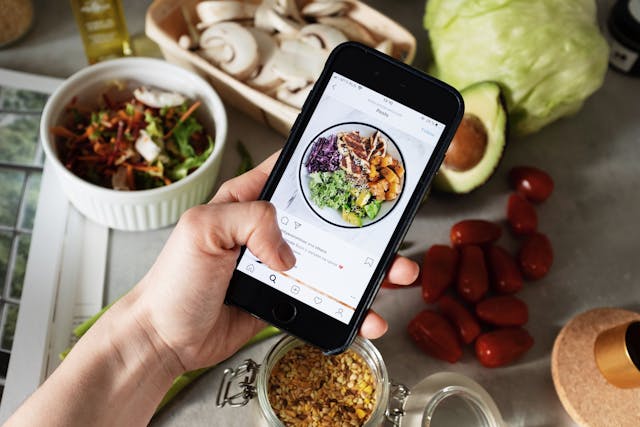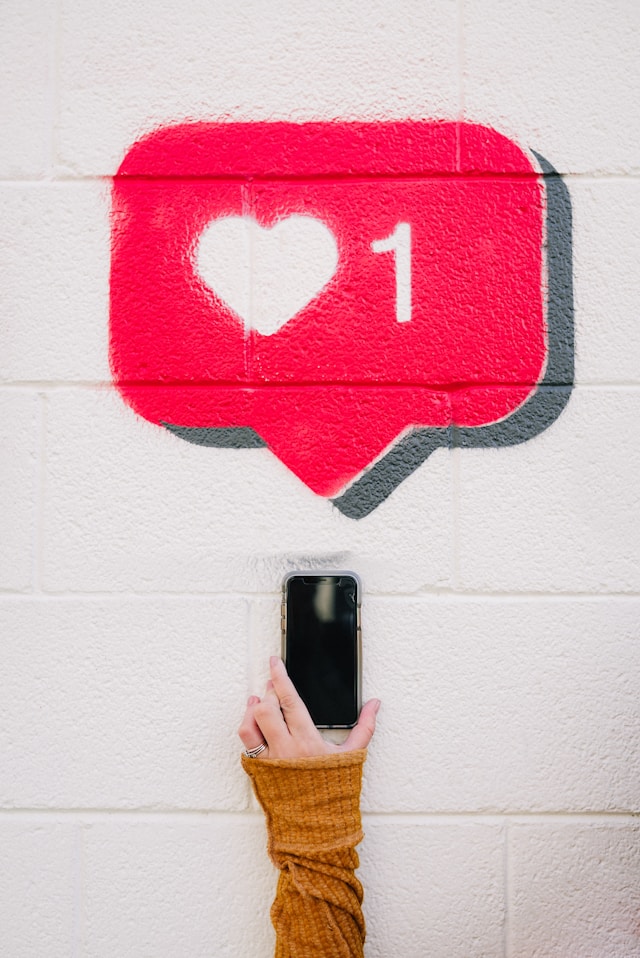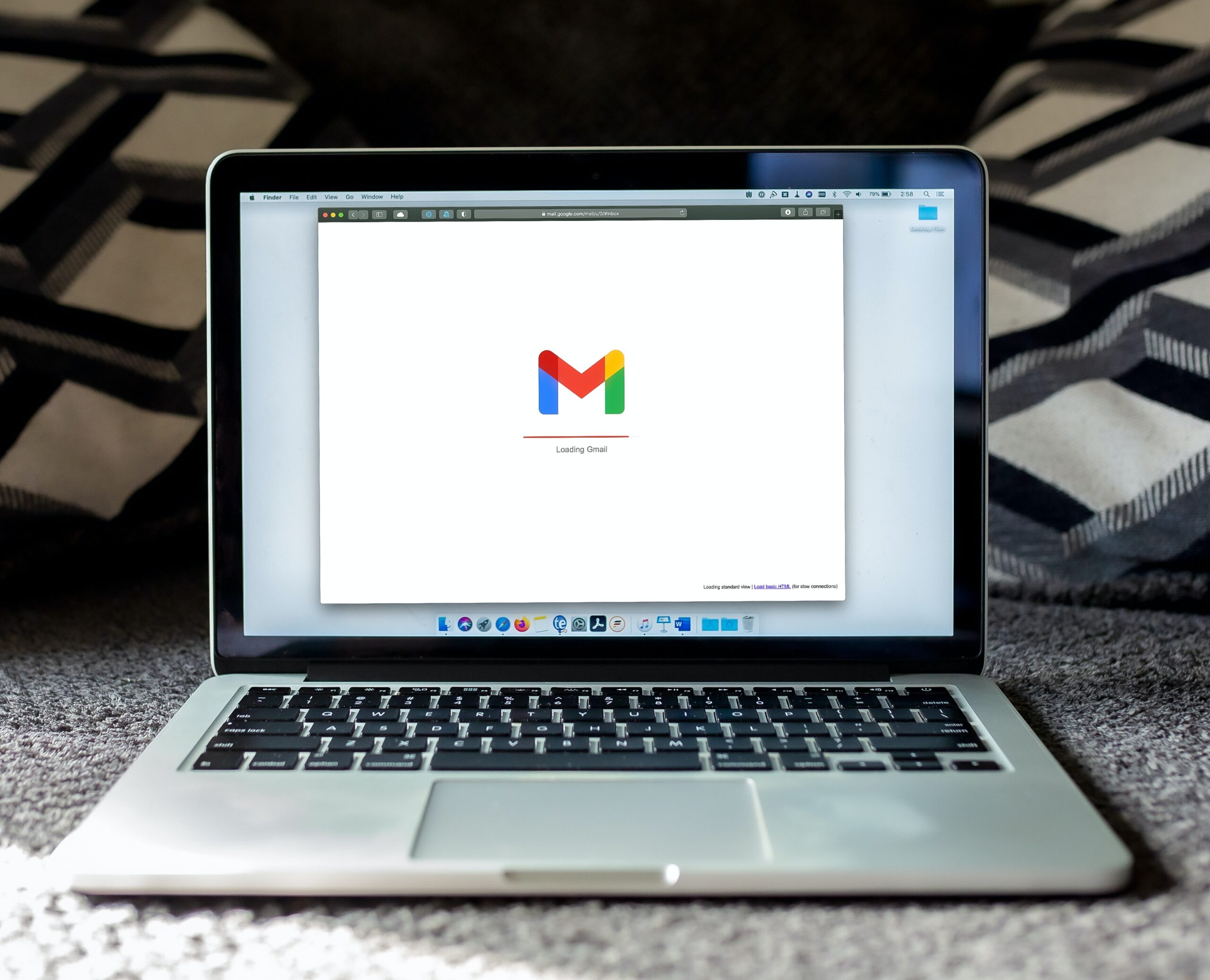In today’s digital age, where attention spans are shorter than ever and information overload is rampant, the power of visual content cannot be overstated. From social media platforms to websites and marketing materials, visuals play a pivotal role in capturing audience attention, conveying messages effectively, and driving engagement.
In fact, a study found that visual content gets 94% more views than content made up of only text, with social posts containing visuals enjoying 150% more engagement than their text-only counterparts. We’re not the first to point this out either, with 47% of marketers reporting that they use images as a part of their marketing strategy.
Join us for a trip down visual content lane and learn everything you need to know about how and why to use visual content in your marketing!
In this article:
Let’s get started!
What do we mean by “visual content”?

When we’re talking about visual content what we mean is online content that is made up of primarily images. Now, this could mean a few different things. Visual content could refer to images embedded in a blog post, infographics, graphs, or even full comic strips.
Visual content isn’t just one thing — it’s many. How you leverage visual content can be the difference between gaining traction online and having your content fly under the radar. But why is that? And how can we as content marketers leverage visual content to help supercharge our marketing efforts?
All will be revealed!
The benefits of visual content
So, what are the benefits of visual content? Let’s take a look.
- Greater engagement
- Easy delivery of information
- Evoke emotion
Greater engagement
Let’s start with the one we’ve already mentioned. Not to repeat ourselves but including visuals in your content has been shown to significantly increase engagement. And it makes sense when you think about it.

Which are you more likely to read — a blog post that is just a 1000-word, unbroken wall of text or that same blog post but with some relevant pics thrown in here and there? We know which we’d pick and you do too!
In a sea of text-based content, visual elements stand out and grab attention more effectively. They also serve to break up long stretches of text and make it more likely that readers won’t bounce straight off your blog or article. This is particularly important if you’re looking for your readers to take further action, such as visiting the rest of your blog or making a purchase.
You can’t call your readers to action if they don’t reach your call to action!
Easy delivery of information
We all know the old saying “A picture is worth a thousand words”, right? Well, it’s true… sometimes. Of course, some pictures are just pretty images that you can use to add that extra touch to your content but others can be highly effective at delivering information.
Infographics can serve to pass on information to the reader in a quick, appealing, and easy-to-understand manner that is often not possible through text. For example, if you’re talking about the number of sales of different car brands, a graph showing these numbers is a much cleaner and more effective way of delivering this information than typing out “Ford sold X amount, while Nissan sold this amount.”
Plus, visual content aids in the comprehension and retention of information. Complex concepts can be simplified and made more accessible through the use of diagrams, charts, and illustrations. Visuals help break down barriers to understanding, making it easier for audiences to grasp key messages and concepts.
Evoke emotion
We’ve spoken about the importance of using emotion in your content marketing before, and using visuals can be a great way to infuse your content with a little bit of that je ne sais quoi!
As we spoke about in the previous point, visuals are a great way of getting information and concepts across to your readers. In the same way, they’re also really good at getting emotion across to your readers.
Visuals have the power to evoke emotion and create a connection with your audience on a deeper level. Whether it’s a heartwarming image, an inspiring quote, or an ominous photograph, visual content can elicit feelings of joy, empathy, fear, or really any other emotion you can think of.
How to use visual content in your next campaign
Hopefully, we’ve got you convinced by now that visual content is the best thing since sliced bread. And if not, we’ve at least presented a pretty good case for why you should be using it!
So, now let’s take a little look at how best to use visual content during your next marketing campaign.
- Start with your audience
- Pick visuals to enhance your content
- Optimize for different platforms
- Refine
Start with your audience
Before you start including visuals in your content marketing, first think about what your audience will engage with. If your target demographic is 65+, they are going to be engaged by different visual content than an audience of 18-25-year-olds.
Pick visuals to enhance your content
Once you’ve got an idea of what your audience might engage with, it’s time to look at how visuals can enhance your content.

In some cases, visuals can just be used to add a bit of color and break up long stretches of text. Other times, you can use your visuals to deliver information or help you tell a story with your content. Find what type of visuals work best for each piece of content you produce, while keeping in mind what your audience would like to see.
Optimize for different platforms
Different visuals work better on different platforms. For example, inspiring, colorful pics will work best for Instagram, whereas infographics and tables will be a better fit on LinkedIn. Don’t be afraid to switch up the visuals in your work when you are repurposing your content for different platforms.
Refine
And equally, don’t be afraid to change up your approach if something isn’t working. Experiment with your visual content and find out what works best for you. Ensure you’re looking at metrics like engagement rates, click-through rates, and shares to identify what’s working… and what’s not! Then, adjust as you see fit. Remember, it’s a marathon, not a sprint.
If we’ve done our job, hopefully, you’ve gotta a better understanding of what visual content is, why it’s important, and how you can use it. So, now it’s time to put it into action! Get out there and start unleashing the full power of visual content.
Oh, and also, make sure you check out the rest of the Scribly blog if you’re looking for more guides, insights, and tips ‘n tricks for everything content marketing. See you there!




